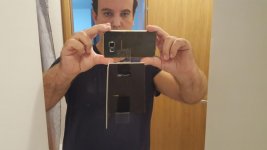I wonder why the standard amongst professionals and amateurs is higher now across all billiard disciplines now than it was 100,50 or even 20 years ago. You will always get a few stand out players of any Era, but the standard to day is far higher as a majority than it ever has been... Because of people's knowledge of the things you mention.
I'm sorry to say I have to agree with you. There are many more top players today for sure, but I believe it's because of books like Mark Wilson's and others that teach a good foundation so you can fit it to what's comfortable for their game. Almost every sport in the U.S that we were ahead in has been taken over from 3rd world countries and from poor areas of this country. Why? Because they are hungry and will train hard for a better life. Johnnyt

